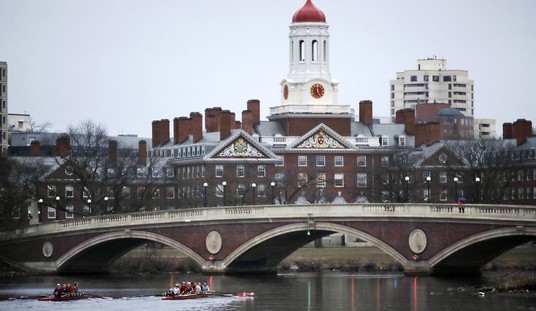Bank failures continue with no end in sight. Last Friday, U.S. regulators closed down three more banks, taking the total number to 43 so far in 2011. Two among the recently failed banks were based in Georgia and the other was in Washington. Looking back, there were 157 bank failures in 2010, 140 in 2009 and 25 in 2008.
No doubt, the ongoing economic recovery has worked favorably for some bigger banks that have shown clear signs of stabilization. But many smaller banks are still tottering on the edge of disaster. Issues like rock-bottom home prices, still-high loan defaults and deplorable unemployment levels are nagging troubles for such institutions.
While the industry think tanks criticize the banks for having invited trouble for themselves with their risky indulgences, it’s pathetic the way these institutions continue to reel under the lingering effects of the financial crisis.
It has become a prerequisite for such banks to absorb bad loans offered during the credit explosion, making them vulnerable to some menacing issues. To top it all, the uncertain environment is aggravating the risk of bank failures even further.
The failed banks are:
- Macon, Georgia-based Atlantic Southern Bank, with total assets of about $741.9 millionand total deposits of about $707.6 millionas of March 31, 2011
- Franklin, Georgia-based First Georgia Banking Company, with about $731.0 millionin total assets and $702.2 millionin total deposits as of March 31, 2011
- Burlington, Washington-based Summit Bank, with about $142.7 million in total assets and $131.6 millionin total deposits as of March 31, 2011
These bank failures are a big blow to the deposit insurance fund (DIF) meant for protecting customer accounts, as it has been appointed receiver for the banks.
Recommended
The Federal Deposit Insurance Corporation (FDIC) insures deposits in 7,657 banks and savings associations in the country as well as promotes the safety and soundness of these institutions. When a bank fails, the agency reimburses customers deposits of up to $250,000 per account.
Though the FDIC has managed to shore up its DIF over the past few quarters, the outbreak of bank failures has tested its limits. As of December 31, 2010, the fund remained in the red with a deficit of $7.4 billion, slightly better than the deficit of $8.0 billion in the prior quarter. The agency expects the fund to swing back to a surplus later this year.
The failure of Atlantic Southern Bankis expected to be dearer by about $273.5 millionfor the FDIC, while First Georgia Banking Companywill cost about $156.5 million. The third name in the latest list –– Summit Bank will cost the FDIC about $15.7 million.
Easley, South Carolina-based CertusBank, National Associationhas agreed to assume the entire deposits and assets of both Atlantic Southern Bank and First Georgia Banking Company. The FDIC and CertusBank, N.A. have agreed to share losses on $585.1 million of Atlantic Southern Bank's assets and $452.1 million of First Georgia Banking Company’s assets.
Tacoma, Washington-based Columbia State Bank has agreed to assume all deposits and assets of Summit Bank. The FDIC and Columbia State Bankhave agreed to share losses on $113.4 million of Summit Bank's assets.
The number of banks on FDIC’s list of problem institutions shot up to 884 in the fourth quarter of 2010 from 860 in the previous quarter. This is the highest number since the savings and loan crisis in the early 1990s.
Increasing loan losses on commercial real estate could trigger hundreds of bank failures in the coming years. Going by the current rate of bank insolvencies, the DIF is likely to feel a $52 billion dent by 2014. However, the pace of bank failures seems to have decelerated this year.
With so many bank failures, consolidation has become the industry norm. The failure of Washington Mutual in 2008 was the largest in the U.S. banking history. It was acquired by JPMorgan Chase & Co. (JPM). The other major acquirers of failed institutions since 2008 include U.S. Bancorp (USB) and BB&T Corporation (BBT).
BB&T CORP (BBT): Free Stock Analysis Report
JPMORGAN CHASE (JPM): Free Stock Analysis Report
US BANCORP (USB): Free Stock Analysis Report

























Join the conversation as a VIP Member